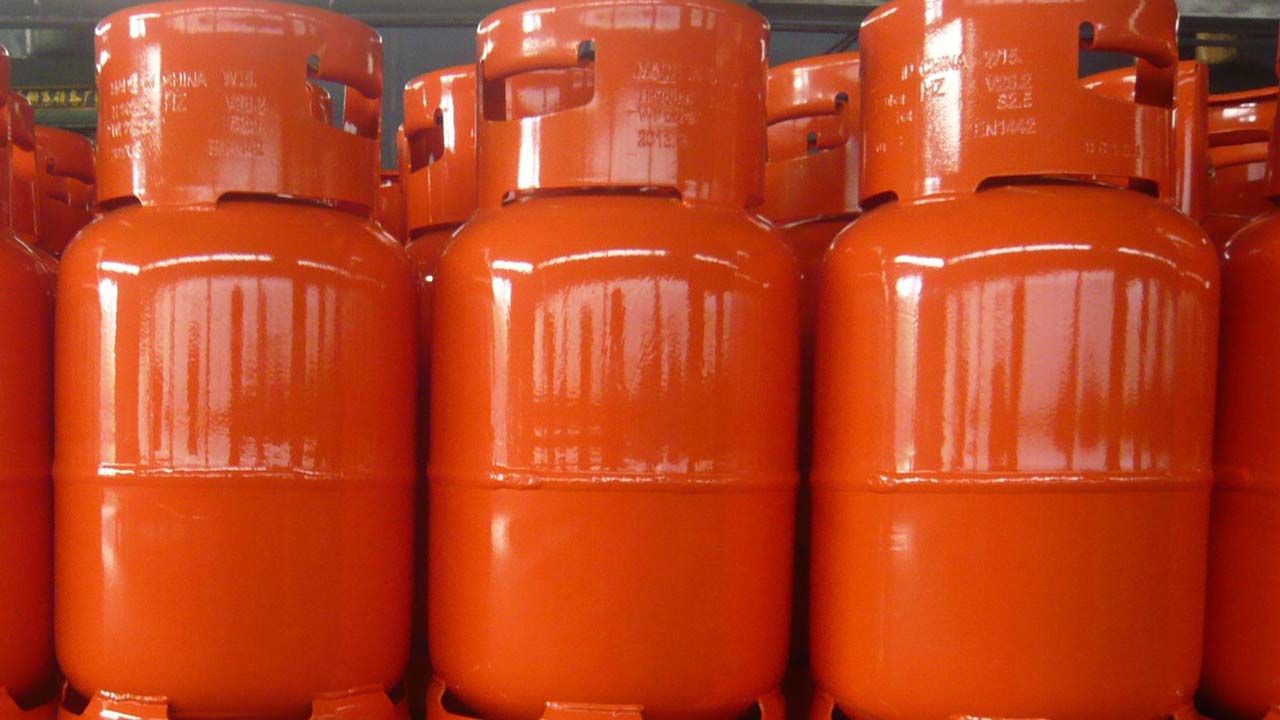The price of Liquefied Petroleum Gas (LPG), popularly known as cooking gas, has once again skyrocketed across major Nigerian cities, defying the assurances earlier given by gas marketers. As of November 2025, the cost of refilling cooking gas now stands between ₦1,200 and ₦1,400 per kilogram, depending on the location and vendor. This sharp increase has left many Nigerian households struggling to keep up, as the once-affordable energy source becomes increasingly out of reach for the average consumer.
Despite repeated promises by stakeholders in the gas sector that prices would normalize and return to around ₦950 per kilogram, the reverse has been the case, with prices climbing higher due to persistent supply challenges, logistics constraints, and refinery maintenance issues.
Current Market Situation: Prices Continue to Defy Expectations
In Lagos and other urban centers, consumers are feeling the brunt of the price hike. A market survey shows that filling stations and gas plants such as those in Igando, Cele-Okota, and Ikorodu now sell cooking gas for ₦1,200 per kg, while some locations charge as high as ₦1,400 per kg, depending on market dynamics and transport costs.
Even bulk buyers, who usually enjoy discounted rates, are not spared. For large-scale retailers purchasing between 150 to 200 kilograms, the wholesale price currently hovers around ₦1,104 per kg. This indicates that the retail price is unlikely to drop soon, as distributors pass down increased costs to end users.
According to industry insiders, the current situation has been worsened by operational delays and logistical bottlenecks that continue to restrict the steady supply of LPG across the country.
What’s Behind the Persistent Price Hike?
The recent surge in gas prices is not entirely surprising. The outgoing President of the Nigerian Association of Liquefied Petroleum Gas Marketers (NALPGAM) explained that a combination of unsupplied backlogs, refinery maintenance, and international market pressures has kept the cost of LPG elevated.
Nigeria, despite being a major producer of natural gas, still relies heavily on imports to meet domestic LPG demand. This dependence exposes local prices to fluctuations in the global energy market, particularly when foreign suppliers adjust export costs or when shipping and port logistics are disrupted.
The ongoing refinery maintenance at key facilities has also contributed to reduced local supply, forcing marketers to source gas at higher rates. Additionally, high transportation costs, driven by increased diesel prices, have made gas distribution across the country more expensive.
Rising Demand Amid Soaring Costs
Interestingly, while prices have risen sharply, demand for LPG continues to grow. Four years ago, Nigeria’s LPG consumption was estimated between 900,000 and 1 million tonnes annually. As of 2025, that figure has climbed to about 2 million tonnes, and projections suggest that consumption could reach 3 million tonnes by the first quarter of 2026.
This growing demand reflects Nigerians’ increasing shift away from firewood and kerosene towards cleaner and more efficient cooking gas. However, the current high price risks reversing these gains, as many low- and middle-income families may resort to cheaper but hazardous cooking alternatives.
Impact on Nigerian Households
For millions of families, the rising cost of cooking gas has become a daily struggle. Housewives, students, and food vendors are among those hardest hit by the surge. A standard 12.5kg cylinder that cost around ₦12,000 in September now sells for ₦15,000 to ₦17,500, depending on location.
This development is not only straining household budgets but also affecting small-scale food businesses that rely heavily on gas. Restaurant owners, local food vendors, and canteen operators have begun adjusting prices to offset the added cost, leading to a ripple effect on food prices nationwide.
For many Nigerian students, especially those living off-campus or cooking in hostels, the situation is increasingly challenging. With the cost of food items already on the rise, higher gas prices further inflate the cost of living, pushing many to seek less healthy or more stressful alternatives.
Economic Implications and Expert Reactions
Economic experts have warned that the persistent increase in cooking gas prices could have wider inflationary effects on the Nigerian economy. Energy costs directly influence the prices of food, transport, and general living expenses, meaning a prolonged gas price crisis could worsen the cost-of-living situation for millions.
Marketers, on their part, maintain that they are not to blame. According to industry representatives, marketers purchase LPG at high costs from depots and must adjust prices accordingly to remain in business. They have called for urgent government intervention to stabilize the sector by ensuring consistent local production and improved logistics support.
Experts have also urged the Federal Government to accelerate the rehabilitation of refineries and expand domestic gas processing facilities to reduce reliance on imports.
Possible Solutions and Industry Outlook
Stakeholders believe that Nigeria’s gas sector has immense potential if properly harnessed. By improving refinery capacity, expanding storage and transportation infrastructure, and encouraging investments in local LPG production, the country can stabilize prices and make clean energy more affordable for its citizens.
In the short term, the government may need to intervene by providing incentives for local gas production, easing port logistics, and improving transparency in pricing mechanisms. A coordinated approach involving the Ministry of Petroleum Resources, the Nigerian Midstream and Downstream Petroleum Regulatory Authority (NMDPRA), and private marketers could help ensure stability in the months ahead.
While marketers insist that “normalcy will soon return,” the situation remains uncertain. Many Nigerians continue to hope for relief as the year draws to a close.



